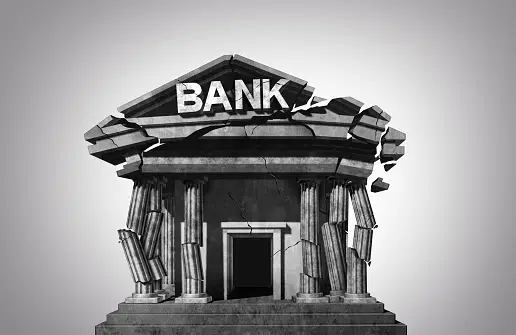By Rebecca Crook, Chief Growth Officer EMEA at CI&T
Following the 2008 financial crisis, a whole host of new banks sprang up in the UK. They offered a fresh new approach to banking, making the most of advances in financial technology that traditional banks struggled to match.
Many flocked to open new accounts with these digital-first challengers, with customer satisfaction and advocacy ratings high.
Today, there are 20 million challenger bank customers but just one in five consider it to be their primary bank account. So, the question is, why are the rising stars of the retail banking sector viewed as second best?
One theory is inertia. Many open their first bank account as they reach adulthood, often on the recommendation of parents, grandparents, and elders. These ‘influencers’ tend to be more strongly affiliated with traditional banks and make recommendations accordingly. And once you start a relationship with a bank as a young adult, there is often little motivation to change.
Meanwhile, alarming news headlines about some of the world’s biggest contemporary banks may have damaged trust in challenger banks. In the spring of 2023, the US sufferedthree of its four largest banking failures in history as First Republic Bank, Silicon Valley Bank, and Signature Bank all failed with combined assets of $556 billion. If traditional banks can survive hundreds of years and numerous financial crashes, why trust anyone else?
So, how can digital-first banks build confidence and acceptance to become the number-one choice for customers?
Make it all about the experience
Today, many of our day-to-day purchase decisions often boil down to price. But with most banking services free to anyone eligible, it can be difficult to persuade customers to switch from their familiar banking provider. Instead, challenger banks can earn trust and stand out from their more traditional counterparts through experiences. Their agility gives them the opportunity to grow their market share by pivoting faster than their peers to meet customers’ new, urgent needs.
For instance, many people are finding it tough to manage their finances as they battle the cost-of-living crisis. With their digital first approach, challenger banks are well positioned to build a 360-profile of a customer’s situation and take action accordingly. It could be recognising who’s finding it especially difficult financially and offering free in-house advisors or money management tools to support them. Or identifying life changing events, such as a house purchase, a baby’s arrival, or retirement, and tailoring support and personalising offers accordingly.
And technology remains a key differentiator. From advanced, AI-powered chatbots to automated online onboarding, hyper-personalisation to multichannel engagement, offering services that meet and even exceed the expectations of digitally native customers like Gen Z will mean challenger banks become the number-one choice for younger customers as they grow into the dominant purchasing power generation.
Offer a steady pair of hands in the face of volatility.
Alongside outstanding experiences, challenger banks must also offer safety and stability—particularly with today’s unpredictable economy.
Traditional banks are well versed in this, having fought off financial crises and crimes for decades. And while we’d expect tech-savvy challenger banks to be at the cutting edge of online safety, a 2022 FCA review found weaknesses in some financial crime controls.
Fundamentally, protecting customers against threats from fraudsters and cybercriminals must be the priority for any digital business. So, challenger banks must maintain their trademark agility while upholding the same levels of security as their traditional peers. They need to invest in solid infrastructures underpinned by security and transparency. Not only will this reassure customers of the safety of their money, but also the longevity of their banking provider.
Doing the right thing for the right reasons
As we navigate a potential recession and the increasing challenges of rising interest rates for homeowners and those looking to get on the property ladder, it becomes even more important that challenger banks earn trust by doing right by their customers and maintaining a clean public image. It’s an area in which the traditionals have often fallen short, from the miss-selling of financial products to the hefty bonuses handed to bankers during wider economic squeezes.
To set themselves apart, challenger banks should begin by re-evaluating their strategies so they only target customers with products that they genuinely need. This shouldn’t be too much of a stretch, given their hyper-personalisation data capabilities, the huge technology advances available to them, and the availability of data generated by open banking practices .
Successful brands are built on trust, and trust is gained by showing the customer’s best interests lie at their heart. This is where challenger banks can steal a march on the competition. With their digital-first mentality they can use their advanced technology to deliver meaningful, personalised customer experiences alongside a host of value-added experiences to look to become the number one choice for today’s customer.

